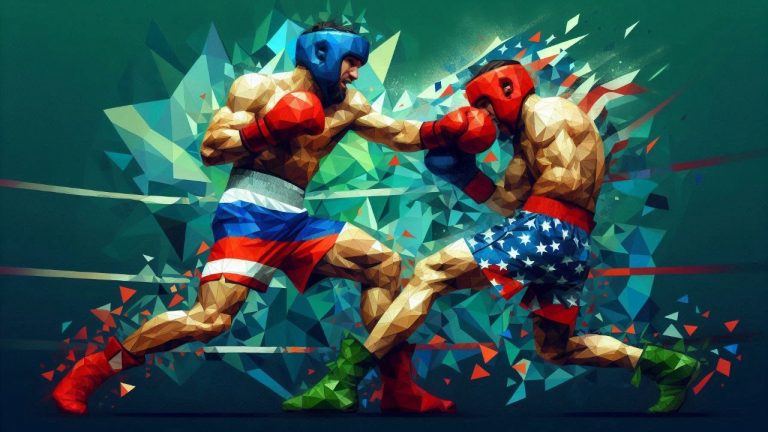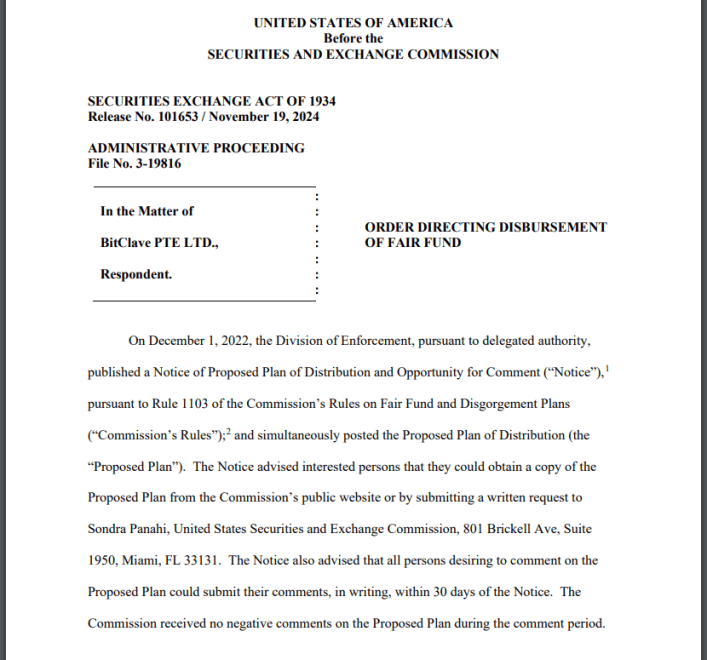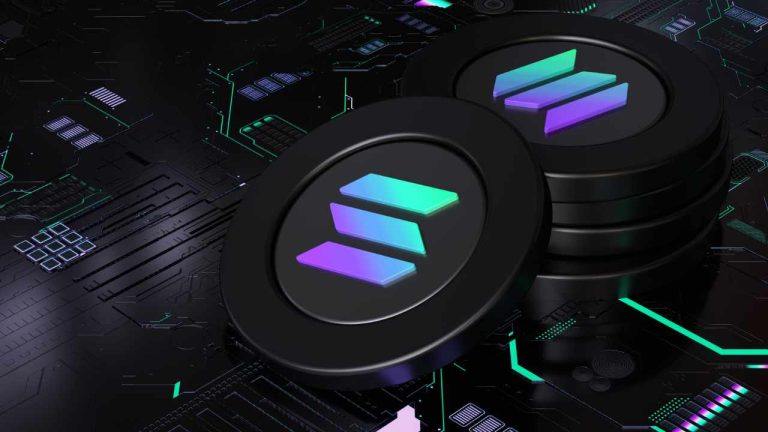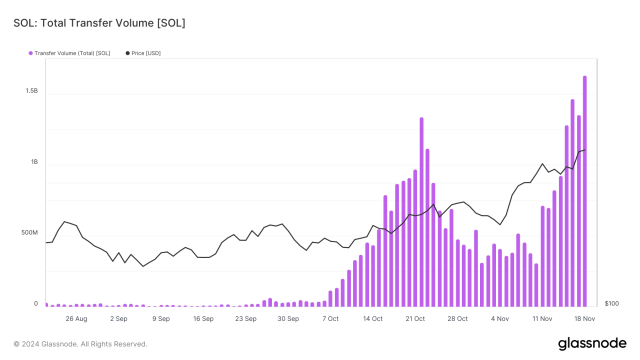
A system of unified digital identity can replace lengthy approval and authentication chains with a simple DLT solution.
It is a given that connected devices need reliable, distributed ledger, technology-based digital identity solutions. That is an essential requirement for the Internet of Things (IoT). In the machine economy, devices must be able to recognize and communicate with one another; robust identity management solutions are key to effectively securing data and processes. But what about the multitude of analog “things” all around us? Surely they can also benefit from the advent of digital identity.
Imagine the following: You are just back from a grocery run or a walk in the park with your pooch when you suddenly realize the family heirloom ring that has been getting a little too loose around your finger is not there anymore. You retrace your steps, scan the ground and check the gutters and molehills, but you come back empty-handed. So many aspects of our daily lives have moved online, with precious things like passwords, pin codes and login certificates safely stowed away in appropriate security solutions. You can retrieve them at any time and manage them centrally. Why can’t you have the same for your family ring or other analog valuables?
Unlike your email password, your ring currently only lives in the analog world. You could tag it with a tracking device that connects to your phone, such as Apple’s AirTag, but this raises privacy and security issues, perhaps many more than it actually solves — not to mention, it is a bulky and odd accessory for a piece of jewelry. More importantly, we own a non-trivial number of analog valuables, and slapping trackers on each one at $40 a pop is not practical. The time has come to talk about the digital identity of analog things and finally invite our prized offline possessions into our increasingly virtual world.
Related: The data economy is a dystopian nightmare
What is decentralized digital identity?
Decentralized identity, or DID, refers to a digital identifier for something existing in the physical world. This digital identifier is placed on an immutable distributed ledger and includes a detailed description of attributes, capabilities and ownership. In practical terms, this means there is a reliable record that establishes you as the owner of your now-lost family ring. It describes the ring closely and makes it instantly identifiable. With your credentials, you can prove you are the owner; a miniature QR or barcode — or another kind of scannable identifier — attached or lasered onto the object is all it takes. Depending on the item, digital tags with additional capabilities are another viable option.
Compared to a simple tag or another tracking device, digital identity has a few other key advantages. It is stored safely because of its distributed ledger technology (DLT) backing, and it can establish ownership without leading directly to the owner. If you do not wish to publish your personally identifiable information on the ledger — a wise decision at any rate — you can create your own verified digital identity and associate your analog belongings with it. In the example of your lost ring, you have proof that you own the ring and can also use pseudonymization to make it harder for unwanted third parties to trace your valuables back to you.
Related: No more pushes and pushbacks: Digital ID solves the privacy dilemma
Conspicuous ownership of inconspicuous value
Analog things hold different kinds of value — monetary, emotional, practical — and can attract unwanted access and potential theft from bad actors at any moment, for any reason. Establishing a robust system of DLT-based digital identity for valuable physical objects has the added benefit of discouraging theft, as confirming a stolen object’s provenance on the ledger would automatically negate the option to resell it.
To further discourage misappropriation attempts, you can create different verifiable credentials associated with your digital identity. You also choose with whom you share this sensitive information — if anyone at all. Thanks to selective disclosure, you can establish your ownership of analog objects reliably, without sharing any more information than necessary. For instance, a public record on the ledger can list you as the owner of a white porcelain vase with blue floral motifs that is 20.5 inches tall and weighs 14.8 pounds.
In a different verifiable credential, you can specify the vase is a Qianlong — a collector’s item worth millions of dollars. This information does not need to be public, but you can share it with potential buyers if you decide to part ways with your prized collectible. DLT-powered digital identity affords you complete control over how much information you make public and how you compartmentalize so that it matches your individual ownership, identification and security needs.
Related: Decentralized identity is the way to fighting data and privacy theft
Identification and authentication on a global scale
Cross-platform communication remains a challenge in the digital realm, even more so on the analog side of things. Verifying the identity and ownership of an item across state borders and language barriers can be a prolonged, slow and expensive process that involves multiple steps and certified professionals’ services. In the case of especially valuable objects or real estate, verification involves notaries, translators, independent assessors and even consulates and embassies. A system of unified digital identity can replace lengthy approval and authentication chains with a simple DLT solution that instantly confirms an analog item’s ownership and characteristics anywhere in the world.
However, digital identity is not only useful for cross-border transactions. Today’s supply chains span the globe, and tracing materials and product components across continents is an arduous task that remains, against all odds, surprisingly analog. Shipment tracking is still often done by hand and on paper. The possibility for human error is high, and mistakes carry over and multiply across the shipment’s lifecycle. An immutable digital identity can speed up and automate many logistics processes. Special items that require particular handlings, such as temperature control or motion stabilization, can be paired with sensors that monitor their shipping conditions. In the end, items will arrive at their destination with an immutable record of their transportation quality and safety.
Such solutions are not limited to the logistics industry. The world is on the cusp of the post-COVID-19 era and the return to international travel it promises. Many of us will take to the sky in search of new, exciting destinations, but our bags will occasionally not travel with us. According to pre-pandemic statistics, airlines around the world misplace about 25 million bags per year. Chances are it has happened to you as well, and you know first-hand what a pain it is to track down and reclaim your lost luggage. Pairing your bag with a DID would make it instantly findable — no more looking for one black hard-shell suitcase among thousands. Airlines could also tag your bag at check-in with a DLT-enabled sensor that would give an audio or visual warning to luggage handlers if they are about to put your suitcase on the wrong plane.
A digital afterlife for analog things
Analog things get lost or misplaced — it is in their nature. Whether we are talking about production, logistics or personal items, such incidents are often costly and distressing. In our increasingly digitized everyday lives, our analog possessions are in danger of remaining disconnected permanently. Instead of leaving them behind, we can pair them with a digital identity that affords them the electronic afterlife they deserve without intruding on their nature.
DID does not require analog objects to become digitized, and it does not need expensive sensors or hi-tech tags to work correctly. Instead, it offers an affordable, reliable and versatile way to take offline items out of the digital blindspot.
The views, thoughts and opinions expressed here are the author’s alone and do not necessarily reflect or represent the views and opinions of Cointelegraph.

You can get bonuses upto $100 FREE BONUS when you:
💰 Install these recommended apps:
💲 SocialGood - 100% Crypto Back on Everyday Shopping
💲 xPortal - The DeFi For The Next Billion
💲 CryptoTab Browser - Lightweight, fast, and ready to mine!
💰 Register on these recommended exchanges:
🟡 Binance🟡 Bitfinex🟡 Bitmart🟡 Bittrex🟡 Bitget
🟡 CoinEx🟡 Crypto.com🟡 Gate.io🟡 Huobi🟡 Kucoin.




















Comments